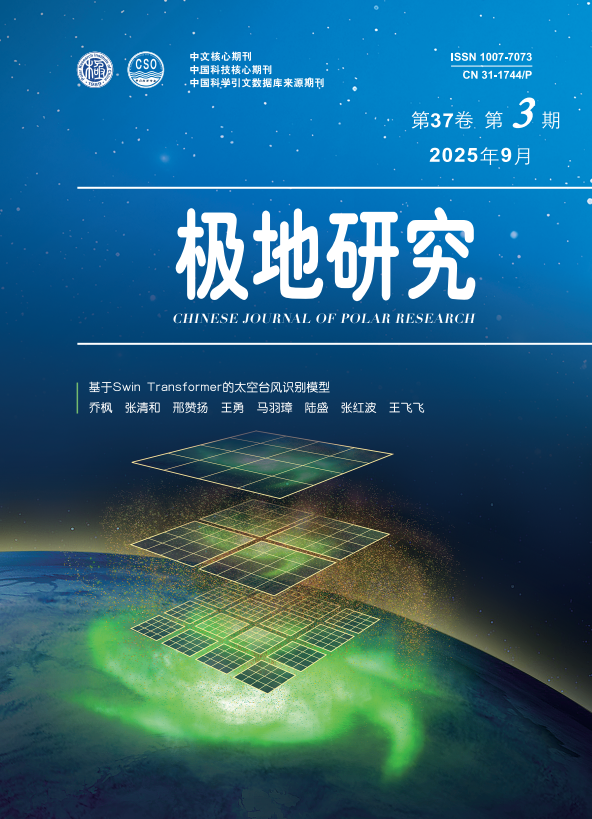|
|
Bathymetric inversion of small lakes in the Larsemann Hills, Antarctica, based on multi-source remote sensing and deep learning
ZHU Tingting, LI Jiacheng, CUI Xiangbin, SHU Chanfang, ZHANG Yu
2025, 37 (3):
464-476.
DOI: 10.13679/j.jdyj.20240095
The spatial-temporal distribution and changes in water storage of lakes formed on the surface of the Antarctic Ice Sheet (AIS) and in exposed bedrock due to precipitation and melting snow and ice are important indicators of global climate change, as they affect the stability of glaciers and ice shelves at the margins of the AIS. In this paper, multi-source remote sensing data, such as ICESat-2 laser altimetry, Sentinel-2 multispectral imagery, and aerial imagery, are fused to derive water depths in the proposed framework. ICESat-2 laser altimetry data are employed to calculate water depth along the survey line. Multispectral information derived from optical data is input into the linear empirical model and the deep learning convolutional neural network (CNN) models to establish the corresponding relationships for small lakes in the Larsemann Hills. The derived water depths are verified by combining high-resolution airborne remote sensing image data acquired by helicopters on 39th Chinese National Antarctic Research Expedition and measured bathymetric data from the 63rd Russian Antarctic Summer Expedition. The experimental results show that the root mean square error (ERMSE) of the image inversion bathymetry and in situ bathymetry at Lake Reid derived using the empirical model is 0.58 m, the mean absolute error (EMAE) is 0.49 m, the average bias (BA) is −0.36 m, the bias standard deviation (DBSD) is 0.46 m, and R2 is 0.51. The accuracy evaluation results obtained by the CNN deep learning algorithm are 0.37 m for ERMSE, 0.32 m for EMAE, –0.19 m for BA, and 0.32 m for DBSD, with an R2 value of 0.75, which indicates that the deep learning-based algorithm can realize significant improvement of the bathymetric inversion accuracy from the four accuracies. Therefore, this paper utilizes ICESat-2 laser altimetry and multispectral remote sensing images to construct a multi-source heterogeneous remote sensing image fusion model, on the basis of which a deep learning CNN model is developed to realize the Antarctic small lake bathymetry task, with lower error and higher accuracy compared with the linear empirical model.
References |
Related Articles |
Metrics
|

